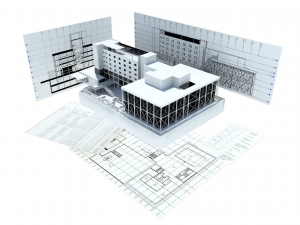
As from April 2016, BIM became mandatory on all UK Government projects. Project stakeholders have to meet BIM Level 2 as a minimum requirement if they want to continue working on public sector projects. This comes at time where other targets were set by the Government, such as cutting capital and operational expenditure by 2025, reducing carbon emission, etc.
Meeting these challenges requires significant improvement in current practices which are enabled by the advances in technology, such as BIM. BIM, as enabling tool, can bring about such a change but ONLY if it is underpinned by a clear strategy and effective business processes. However, unplanned investment in BIM could yield no or very low return on investment which could “backfire” on future investment in this important field.
A current survey (covering all construction disciplines) shows that 5% of the respondents are “confident to use BIM” (BIM+, April 2016). This reflects the lack of clarity of what BIM can do and how best it can be used in support of the business objectives.

What Needs To Be Done
The Critical Step: BIM Strategy
Before embarking on a BIM project (what ever Level is targeted, i.e. Level 2 or Level 3), a clear BIM strategy need to be created with a focus on achieving competitive advantage, business value and higher return on investment. Such a strategy should address the following:
- Why is BIM required? (What targets need to be met?)
- What can be achieved from BIM deployment?
- How best it can be embraced into current work practices?
- Can the set targets be done? (What is “our” current BIM maturity?)
- What benefits can be achieved and at what stage of the project life cycle?
- What competencies are required to achieve the required benefits?
- What are the BIM-enabled processes and the required collaboration level?
- What are the necessary QA/QC practices?
- How best BIM can be developed to meet clients’ requirements?
Depending on the nature, size and BIM maturity of the organisation/project, benefits that can be achieved from BIM investment can be identified and met with clear KPIs and QA/QC procedure. This requires a strong BIM leadership to ensure that clear “plan of work” is set for all project’s stakeholders to comply with.

